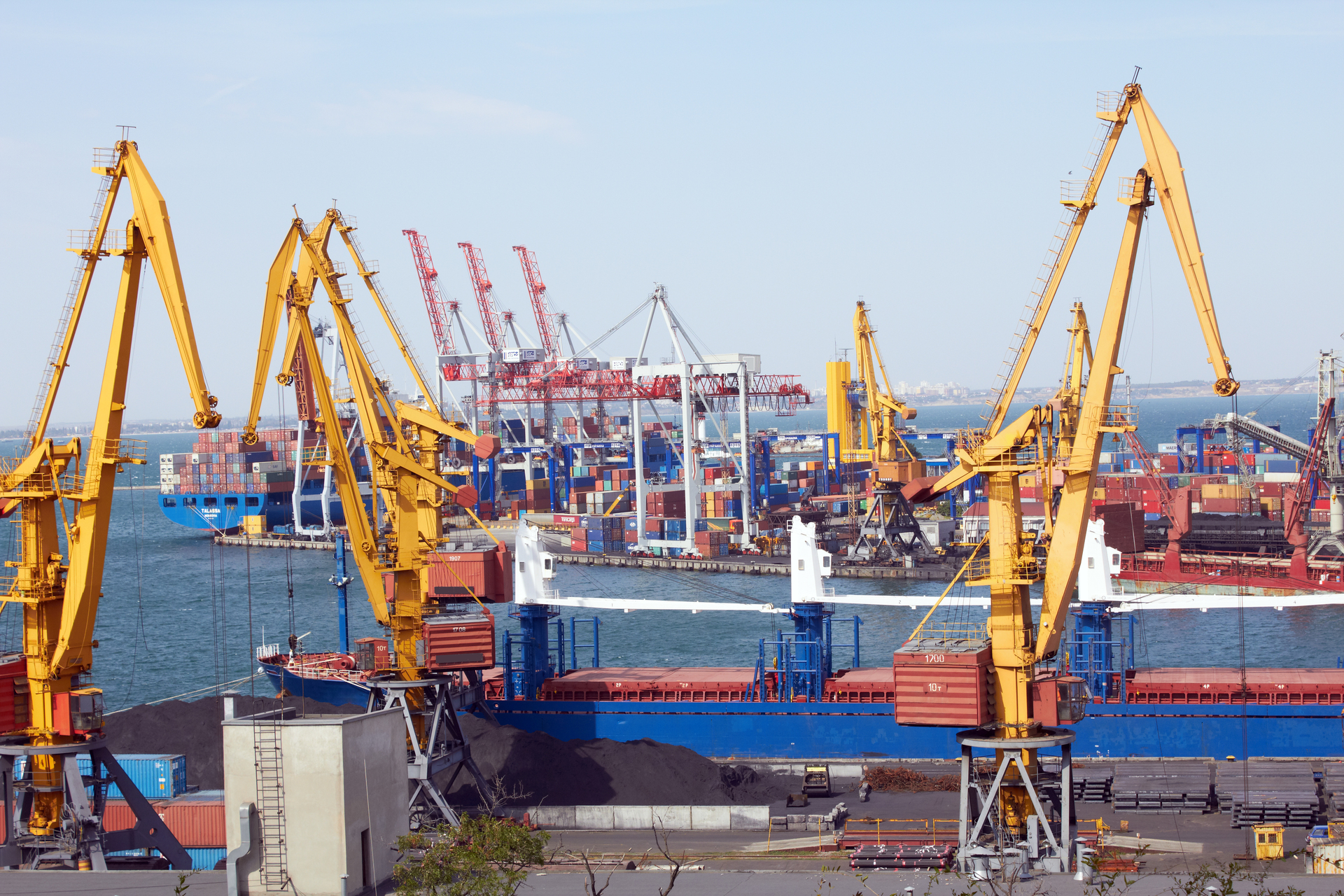
The twin ports of Los Angeles and Long Beach—the busiest container complex in the Western Hemisphere—handled record-breaking cargo volumes in 2024. Yet despite a 20% year-on-year surge, their emissions rose only “small to moderate” levels, underscoring the success of long-term environmental strategies and cleaner operations.
According to the ports’ annual emissions inventories, the Port of Los Angeles processed 10.3 million TEUs in 2024 (up 19% from 2023), while Long Beach handled9.6 million TEUs (up 20%).
This surge came as global trade rebounded and the U.S. West Coast recaptured market share from Gulf and East Coast ports.
Despite intensified activity—more ship calls, trucking, and train movements—the increase in air pollutants such as diesel particulate matter (DPM), nitrogen oxides (NOx), and carbon dioxide(CO₂) was kept within mid- to upper-single-digit percentages.
“Cargo volume shot up, but emissions remained largely under control,” noted Noel Hacegaba, COO of the Port of Long Beach. “Compared to our baseline year of 2005, we’ve still reduced overall air pollution dramatically.”
Since 2005, the LA-LB port complex has achieved the following reductions:
This progress positions the ports as a benchmark for sustainable growth in global logistics, even as trade volumes hit new highs.
“Port-generated emissions are a minuscule share of regional pollution,” said Jacqueline Moore, VP of the Pacific Merchant Shipping Association (PMSA). “For example, the ports contribute just 0.5% of all NOx emissions in the South Coast region.”
In 2025, the ports reached a cooperative agreement with the South Coast Air Quality Management District (AQMD),ensuring that future emissions reductions are achieved through partnership rather than punitive regulations.
The PMSA emphasized that most “easy” gains have already been realized; further reductions will require major investments in cleaner ships, electrified trucks, and next-generation cargo-handling equipment.
Both ports are now coordinating with the California Air Resources Board (CARB) and the U.S. Environmental Protection Agency (EPA) to identify cost-effective measures that balance environmental goals with trade competitiveness.
The LA-LB complex’s ability to handle record volumes while maintaining low emissions serves as a blueprint for other global gateways. As trade expands and environmental regulations tighten, ports worldwide are under pressure to decarbonize without slowing throughput.
For logistics stakeholders, this case highlights a crucial message:
Efficiency and sustainability can coexist.
For shippers and carriers, partnering with logistics providers that invest in greener operations—like Worldtop & Meta—means building resilience for a future where trade growth and environmental responsibility go hand in hand.
Source:https://www.joc.com/article/la-lb-saw-small-to-moderate-rise-in-emissions-despite-record-volumes-in-2024-6101343